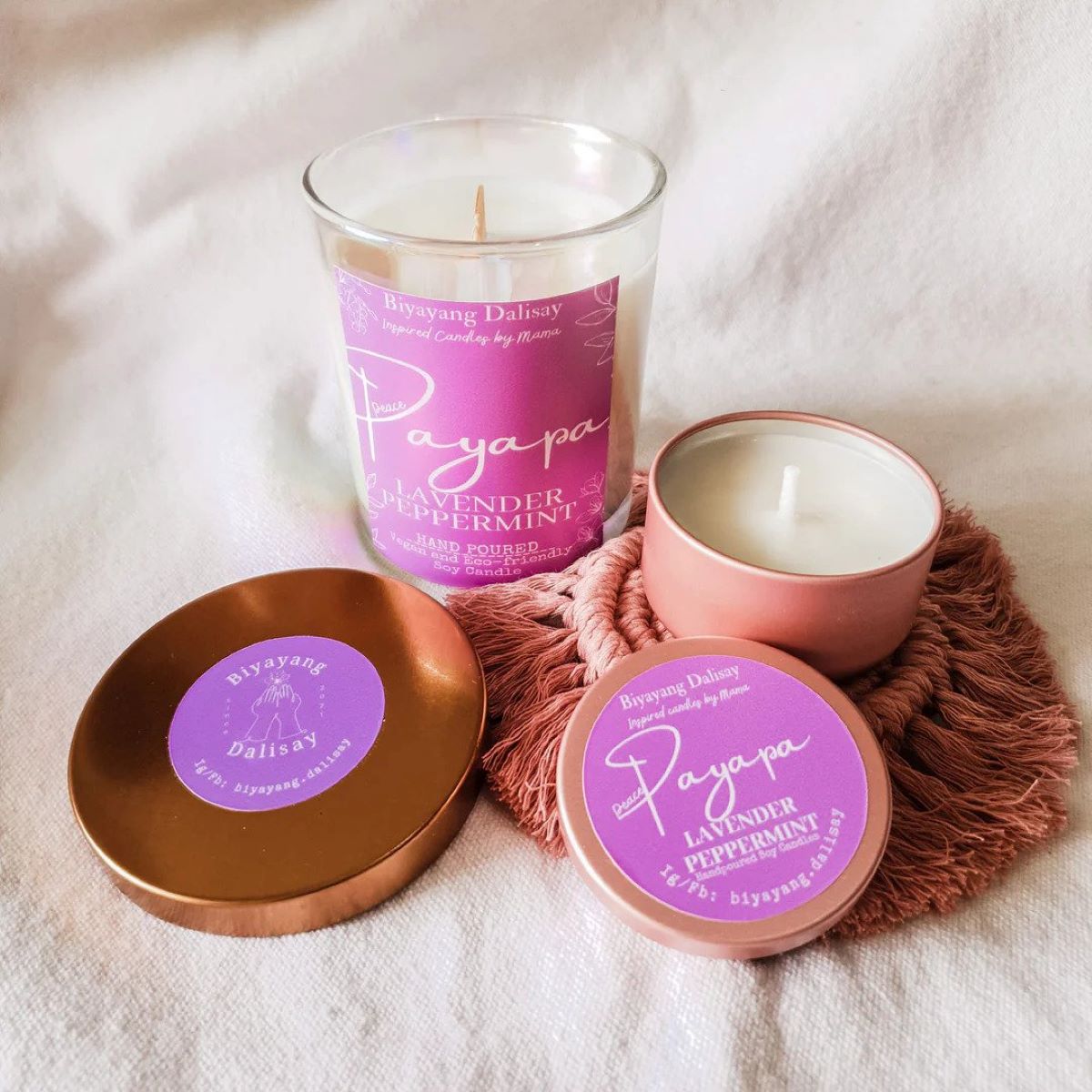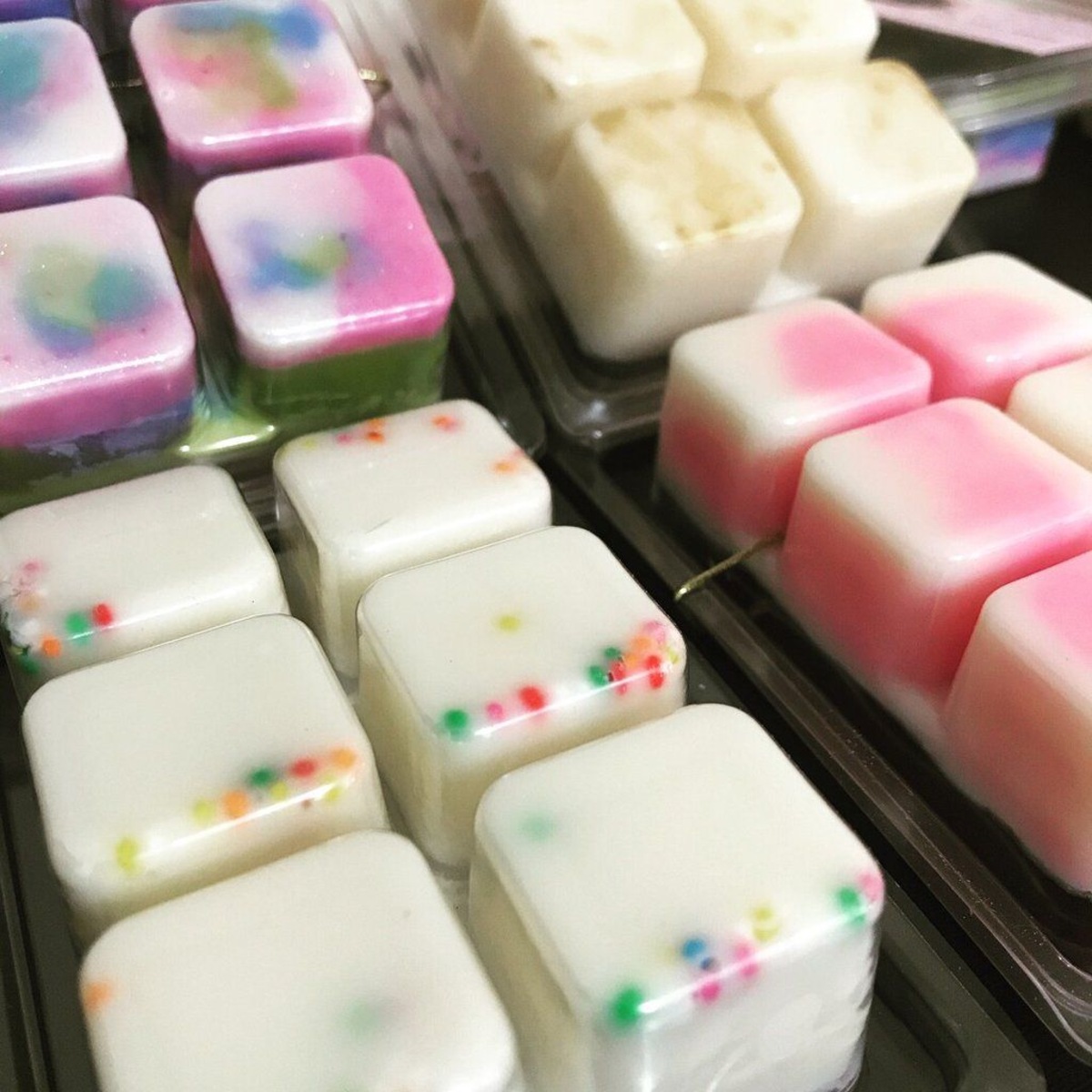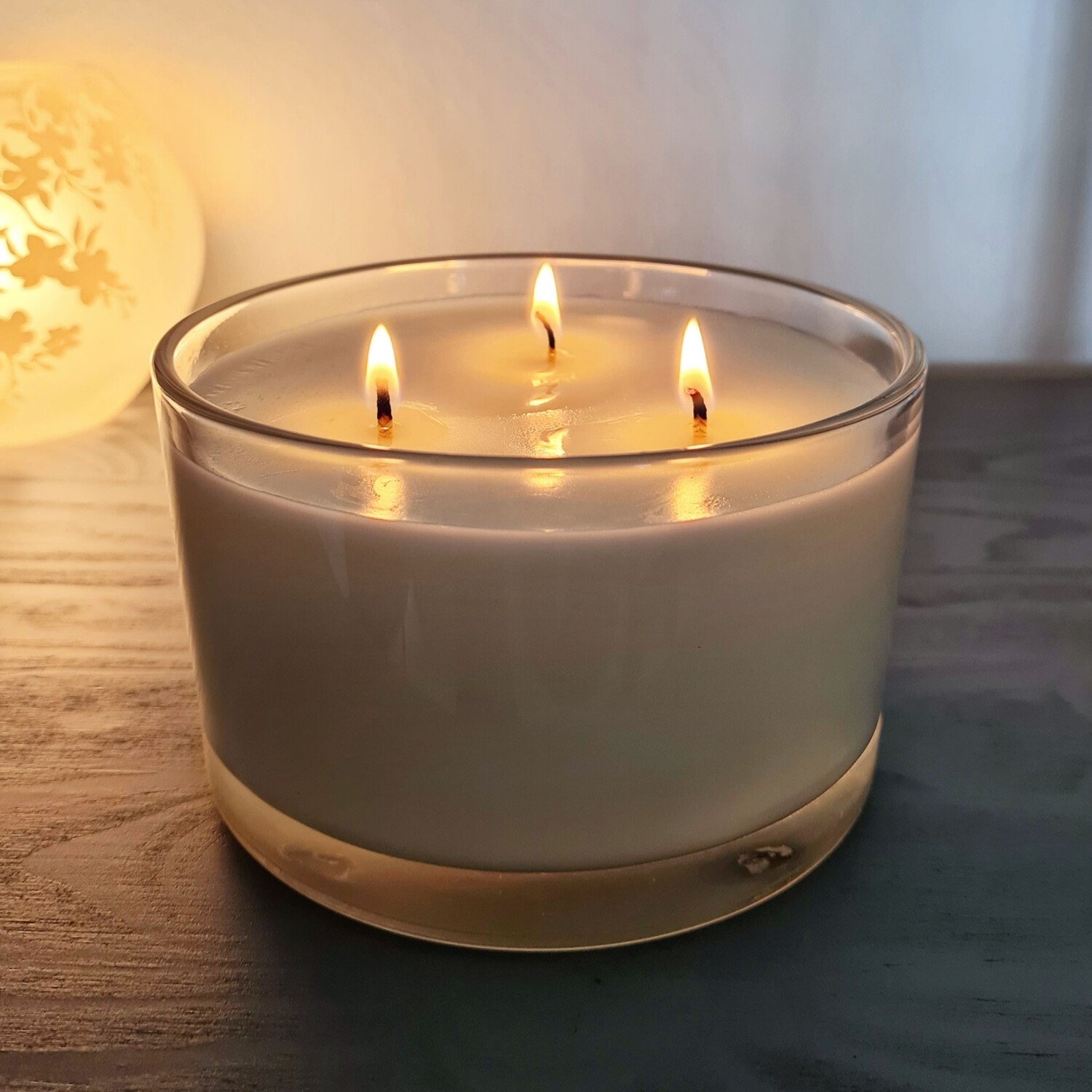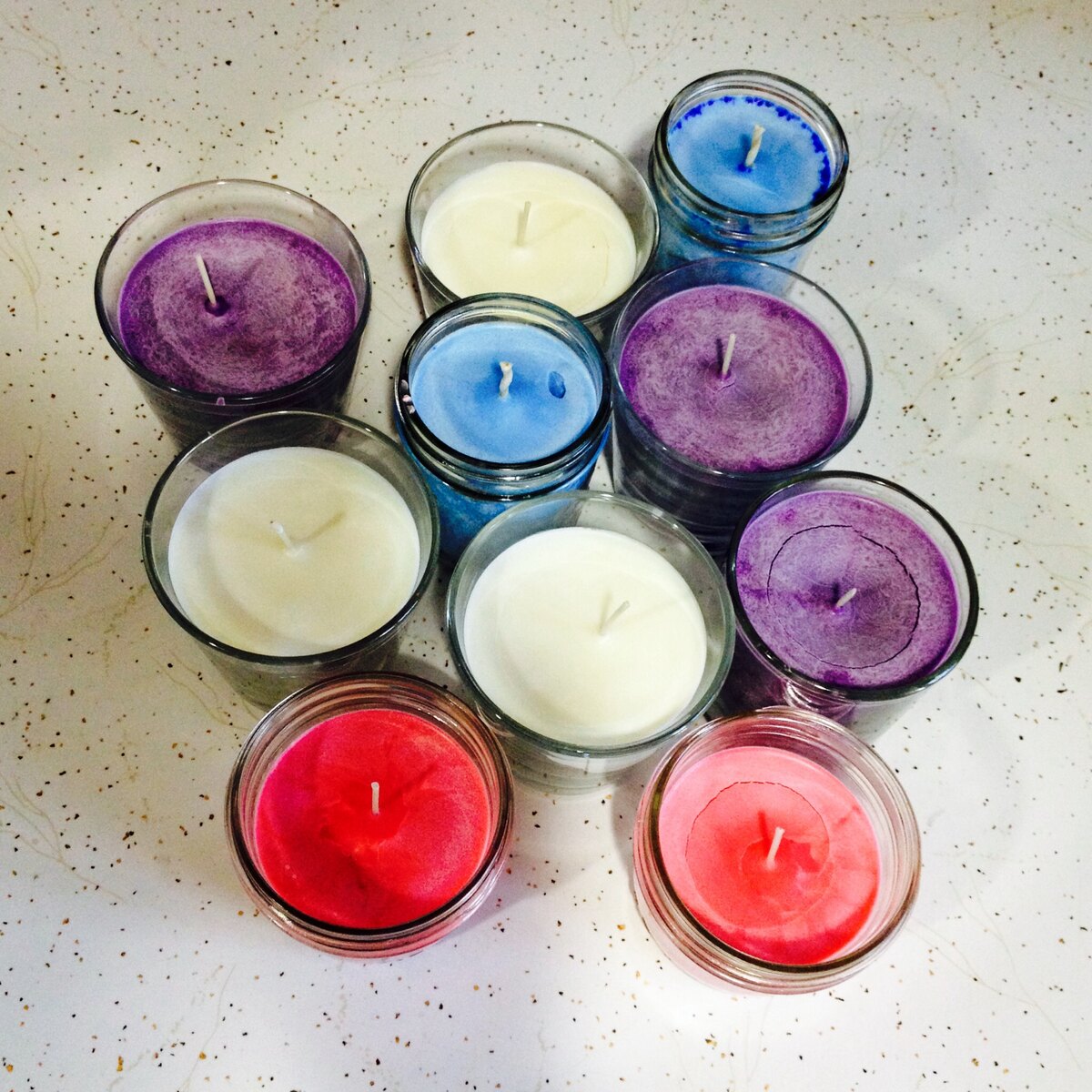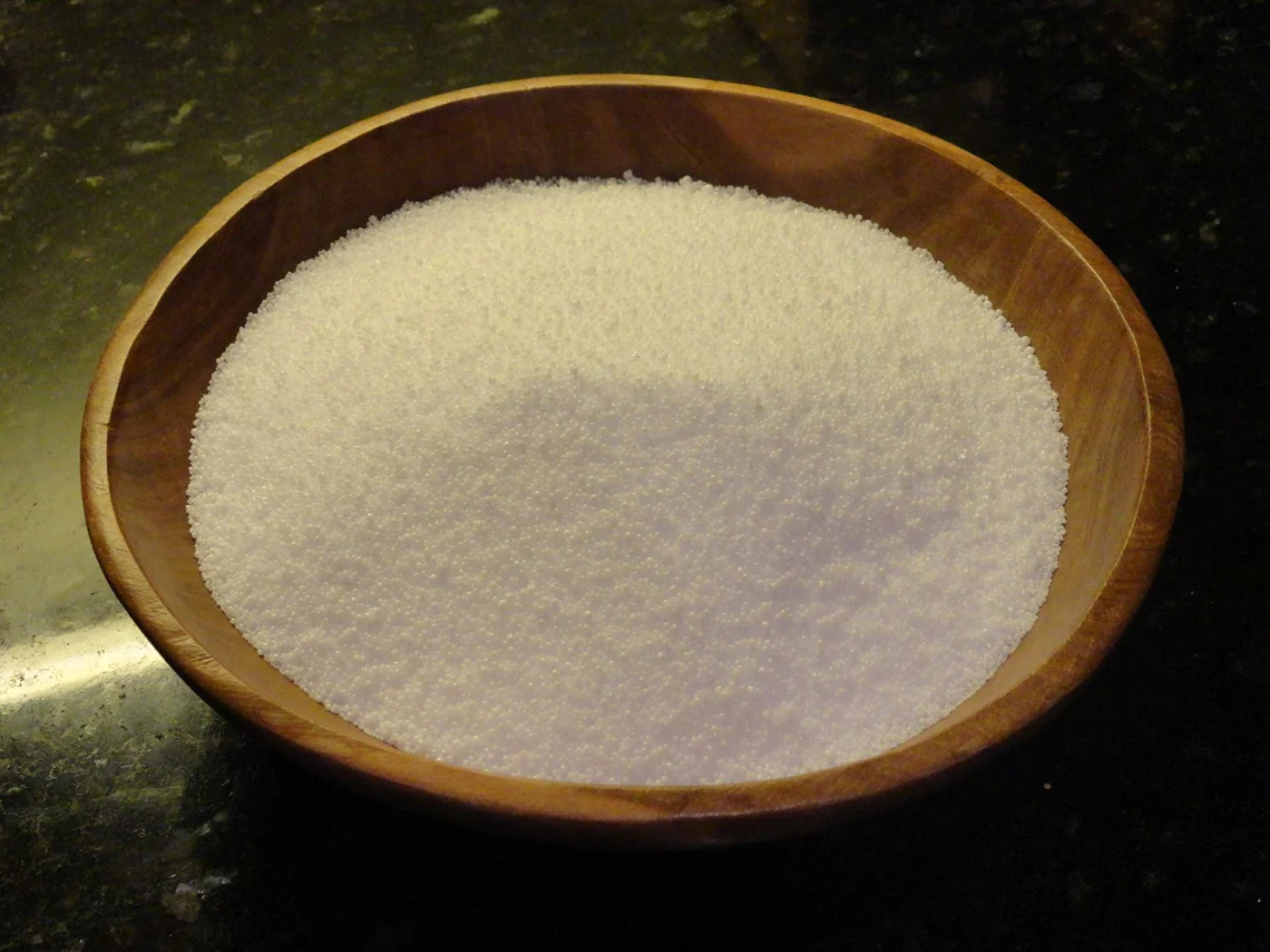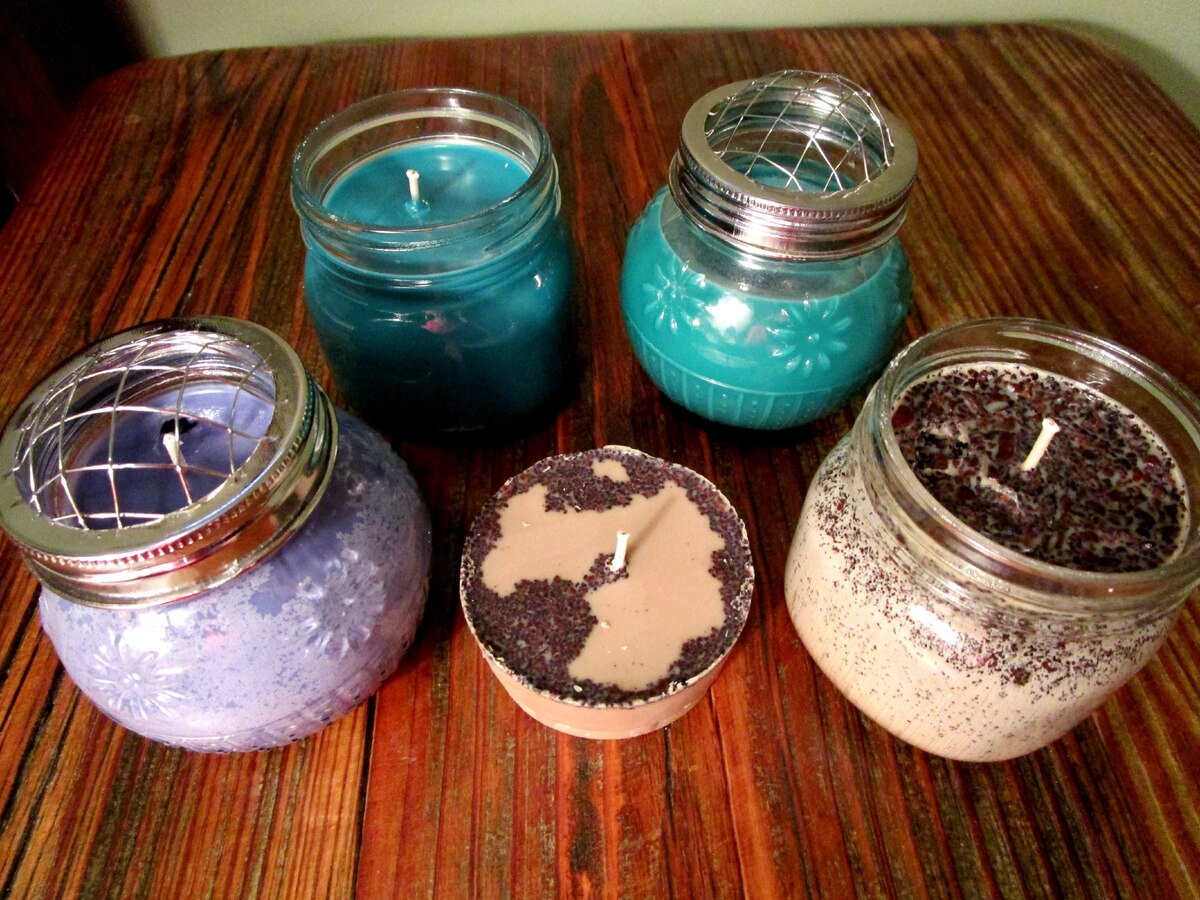

Articles
Why Soy Candles Are Bad
Modified: January 5, 2024
Discover the truth about soy candles in this informative article. Learn why they may not be as good for your health and the environment as they claim to be.
(Many of the links in this article redirect to a specific reviewed product. Your purchase of these products through affiliate links helps to generate commission for Storables.com, at no extra cost. Learn more)
Introduction
Welcome to the world of candles, where flickering flames and soothing aromas create a cozy and calming atmosphere. While candles have been used for centuries to provide light and fragrance, the choice of candle materials has evolved over time. One popular option in recent years has been soy candles.
Soy candles are made from soybean oil instead of the traditional paraffin wax used in most candles. Proponents of soy candles claim that they are a more environmentally-friendly and healthier alternative. However, there is a growing concern regarding the impact of soy candles on both the environment and our health.
In this article, we will delve into the reasons why soy candles may not be as good as they seem. We will explore the environmental concerns associated with their production and disposal, as well as the potential health effects they may have. Additionally, we will explore alternative options that can provide a safer and more sustainable candle experience.
So, if you’ve been burning soy candles without questioning their impact, it’s time to shine a light on the dark side of soy candles. Let’s dive in!
Key Takeaways:
- Soy candles may not be as eco-friendly as they seem, contributing to deforestation, pesticide use, and packaging waste. Consider beeswax or coconut wax candles for a more sustainable and planet-friendly ambiance.
- Burning soy candles can release harmful VOCs and allergens, posing potential health risks. Explore alternatives like beeswax candles or essential oil diffusers for a safer and cozier atmosphere.
Read more: Why Are Soy Candles Better
Soy Candles and Environmental Concerns
On the surface, soy candles may seem like a greener choice compared to traditional paraffin candles. After all, soy wax is derived from a renewable resource – soybeans – while paraffin is a petroleum byproduct. However, the environmental impact of soy candles is not as clear-cut as it seems.
One key concern is deforestation. The production of soybeans for candles often requires vast amounts of land, leading to deforestation in regions such as the Amazon rainforest. This destruction of forests not only contributes to climate change but also threatens the habitats of countless species and indigenous communities.
Additionally, soy production is linked to the use of pesticides and genetically modified organisms (GMOs). Many soy crops are genetically modified to increase yield and resistance to pests, which poses concerns for both human health and the environment. Pesticide use contributes to soil and water pollution, and the introduction of GMOs can have unintended consequences on ecosystems.
Another issue is the packaging and transportation of soy candles. Like any consumer product, soy candles require packaging materials such as glass jars and cardboard boxes, which contribute to waste and the depletion of natural resources. Furthermore, the transportation of soy candles from production facilities to consumers’ homes adds to carbon emissions and air pollution.
Moreover, the disposal of soy candles raises environmental concerns. While soy wax is biodegradable, many candles come with a plethora of additives, including dyes and fragrances. These additives can contaminate soil and water when the candles are discarded or melted down. In contrast, paraffin candles can be recycled and repurposed, reducing their overall environmental impact.
It is important to note that not all soy candles are created equal. Some companies prioritize sustainable and responsible sourcing practices, using organic soybeans and minimal packaging. However, these environmentally conscious options may come at a higher price point.
Considering these environmental concerns, it is crucial to weigh the benefits and drawbacks of soy candles. While they may appear to be a greener choice at first glance, their impact on deforestation, pesticide use, packaging waste, and transportation emissions cannot be ignored. It is essential to explore alternative options that can provide a more sustainable candle experience without compromising our planet.
Potential Health Effects of Soy Candles
While soy candles are often marketed as a healthier alternative to traditional paraffin candles, there are potential health concerns associated with their use. It is important to be aware of these risks before lighting up your soy candle.
One common concern is the release of toxins and pollutants when soy candles are burned. Just like paraffin candles, soy candles can emit volatile organic compounds (VOCs) when they are lit. These VOCs, such as benzene and toluene, are known to contribute to indoor air pollution and can be detrimental to both respiratory and overall health.
Furthermore, soy candles may contain additives, such as fragrances and dyes, which can introduce additional chemicals into the air. Synthetic fragrances, in particular, have been found to release harmful phthalates, which have been linked to hormone disruption and various health issues.
Another concern is the presence of allergens in soy candles. Individuals with allergies or sensitivities to soy may experience adverse reactions when exposed to burning soy candles. This can manifest as respiratory symptoms like coughing, wheezing, or sneezing.
It’s worth noting that the health effects of burning soy candles can vary depending on the quality of the candles and the ventilation of the space. Burning candles in well-ventilated areas and opting for natural, unscented soy candles can help minimize these risks.
In addition to the potential health risks associated with burning soy candles, there is also concern about the ingredients used in their production. While soy wax itself is derived from natural soybeans, some soy candles may contain additives or be blended with other waxes, which can introduce unknown substances into the mix.
If you are particularly sensitive to scents or have pre-existing respiratory conditions, it may be wise to consider alternatives to scented soy candles altogether, such as beeswax candles or essential oil diffusers.
Ultimately, it is important to exercise caution and consider your own health needs and sensitivities when choosing candles for your space. While soy candles may initially seem like a healthier option, the potential release of toxins and allergens during burning should not be overlooked.
When looking for a healthier alternative to paraffin candles, consider choosing soy candles made from natural, renewable soybean oil. Be sure to check the label for 100% soy wax to avoid any added synthetic ingredients.
Alternatives to Soy Candles
If you’re concerned about the environmental impact and potential health risks associated with soy candles, fear not! There are plenty of alternative options available that can still provide a cozy ambiance and pleasant scent without compromising your well-being or the planet.
1. Beeswax Candles: Beeswax candles are a great alternative to soy candles. They are made from a natural and renewable resource and are known to burn slowly and emit a delightful honey-like fragrance. Beeswax candles are also free from synthetic additives and do not release harmful toxins when burned.
2. Coconut Wax Candles: Coconut wax candles are becoming increasingly popular as an eco-friendly alternative. Made from the meat of coconuts, these candles burn cleaner and slower than soy candles. They also have a subtle, tropical scent that adds a touch of natural luxury to any space.
3. Essential Oil Diffusers: If you’re looking for a flameless option, essential oil diffusers are a fantastic choice. These devices use water and essential oils to disperse scents into the air. Not only do they provide a wonderful aroma, but they also offer the potential benefits of aromatherapy.
4. Soy-Free Vegetable Wax Candles: If you still prefer the convenience and familiarity of a wax candle, consider soy-free vegetable wax candles. These candles are often made from a mixture of different plant-based waxes, such as palm wax or rapeseed wax. Just ensure they are produced sustainably and without harmful additives.
5. Pure Beeswax Tealights: Tealights are perfect for creating a warm and intimate atmosphere. Look for pure beeswax tealights that are free from artificial fragrances and additives. They not only burn clean but also give off a beautiful natural glow.
Remember, when choosing alternative candles, opt for products made from natural and sustainable ingredients. Look for certifications like organic, non-GMO, and fair trade to ensure the candles are produced with ethical and environmentally-friendly practices.
Lastly, consider supporting local artisans and small businesses that prioritize sustainability and transparency in their candle-making processes. They often offer unique and high-quality candles that are crafted with care.
By exploring these alternative options, you can still enjoy the cozy and fragrant ambiance of candles while making conscious choices that align with your values and prioritize your health and the environment.
Conclusion
Choosing the right candles for your space involves more than just aesthetics and scent preferences. It also means considering the environmental impact and potential health effects. While soy candles have gained popularity as a seemingly greener and healthier alternative, it’s important to be aware of their drawbacks.
From an environmental perspective, soybean production can contribute to deforestation and the use of pesticides. Packaging waste and transportation emissions further add to their ecological footprint. Additionally, the disposal of soy candles with additives can pose challenges for proper waste management.
In terms of health concerns, burning soy candles can release volatile organic compounds (VOCs) and synthetic fragrances, which may contribute to air pollutants and respiratory issues. Allergies to soy can also be a concern for individuals with sensitivities.
However, there are alternative options available that address these concerns. Beeswax candles, coconut wax candles, and essential oil diffusers offer natural and potentially safer alternatives. Pure beeswax tealights and soy-free vegetable wax candles are also worth considering.
When purchasing candles, look for certifications and support companies that prioritize sustainable sourcing, responsible production, and minimal additives. By making informed choices, we can reduce our impact on the environment and safeguard our health.
Remember, it’s not about completely eliminating candles from our lives, but rather being mindful of the candles we choose and the impact they have. So, whether you decide to explore alternative options or continue using soy candles, make sure to strike a balance between creating a cozy atmosphere and considering the well-being of our planet and ourselves.
Ultimately, the power lies in our hands to make conscious choices and light up our lives responsibly.
Frequently Asked Questions about Why Soy Candles Are Bad
Was this page helpful?
At Storables.com, we guarantee accurate and reliable information. Our content, validated by Expert Board Contributors, is crafted following stringent Editorial Policies. We're committed to providing you with well-researched, expert-backed insights for all your informational needs.

